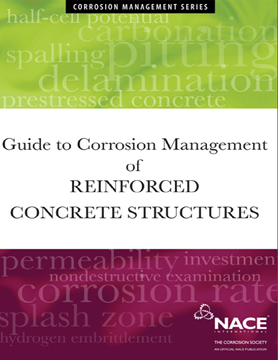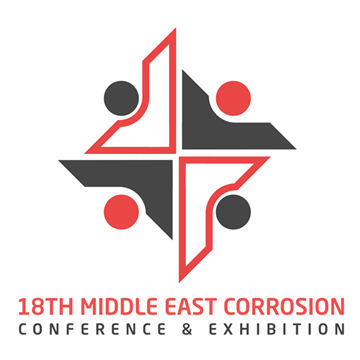Search
Products tagged with 'failure analysis'
View as
Sort by
Display
per page
Guide to Corrosion Management of Reinforced Concrete Structures
Product Number:
24246-SG
ISBN:
1-57590-244-3
Publication Date:
2011
$120.00
High Resolution CT Scan as Tool for Precise Quantification of Material Loss due to Localized Corrosion in Brake Calipers
Product Number:
51321-16467-SG
Publication Date:
2021
$20.00
Internal Corrosion of L80 Tubing in Permian Basin Oil and Gas Wells-Case Studies (Lab Study)
Product Number:
51323-18892-SG
Publication Date:
2023
$20.00
Investigation Study on a Failed Reinforced Thermosetting Resin Pipe
Product Number:
MECC23-20059-SG
Publication Date:
2023
$20.00
Is it MIC or Pitting Corrosion? An Insight in a Common Overlapping
Product Number:
51320-14719-SG
Publication Date:
2020
$20.00
Learning from Failure: The Key to Advancements in Metallurgy and Corrosion
Product Number:
51324-21152-SG
Publication Date:
2024
$40.00
Pull-Off Adhesion Strength Testing of Lining Systems on Concrete: A Review of the Various Direct Tensil Test Methods Used for Severe Service
Product Number:
41216-992-SG
Publication Date:
2016
$20.00
Root Cause and Forward Thinking Decisions
Product Number:
41215-928-SG
Publication Date:
2015
$20.00
The Complex Synergy of Delayed Environmentally Assisted Cracking In Transmission Gear Assemblies
Product Number:
51323-19337-SG
Publication Date:
2023
$20.00









